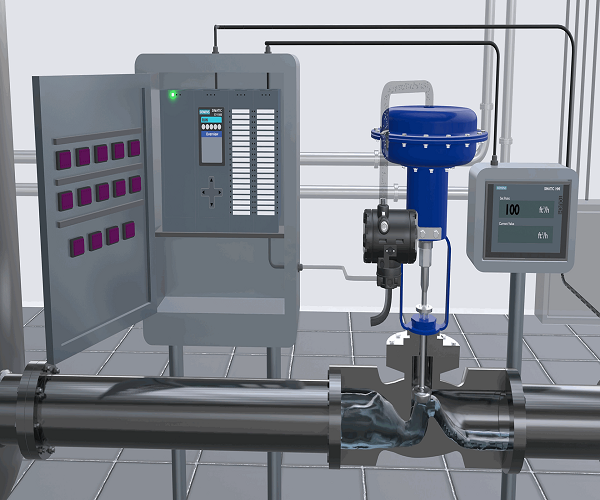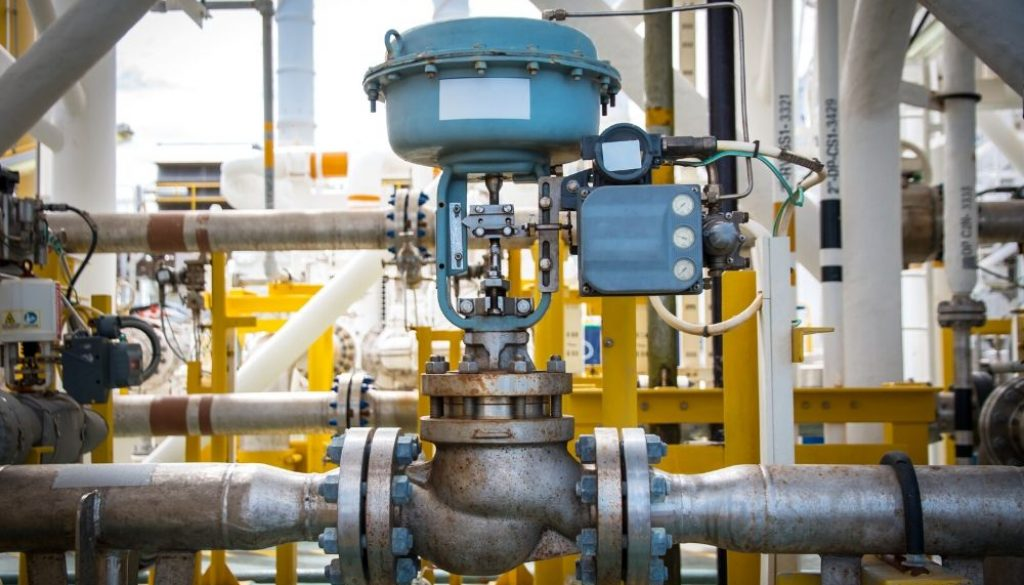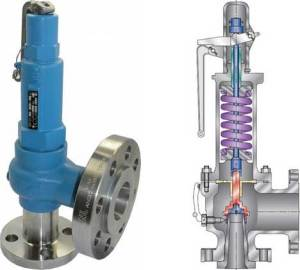
It is very important to prevent excessive pressure inside the system in the hydraulic system. There are various ways to control the hydraulic fluid and pump flow pressure and overheating. The pressure control valve is an effective way to deal with all these issues. It controls the actuator force and pressure levels. The actuator force comprises a cylinder or fluid motor that enables the mechanical operation in the system.
The pressure control valve keeps pressure in the defined range in most hydraulic and pneumatic power systems. Without this control, it could damage the power components in the system. The pressure control valve keeps the pressure balanced by diverting the gases when the pressure gets too high.

What are the Primary Functions of the Pressure Control Valve?
The pressure control valve protects the system by controlling excessive pressure. It uses a line relief valve to limit the maximum pressure of a system. These valves protect hydraulic systems by controlling the pressure that occurs due to the fluid flow restriction. The primary functions of the pressure control valve include:
- It reduces controls and unloads the excessive system pressure.
- It reduces pressure levels from the primary circuit.
- It regulates pressure in various parts of the circuit and performs other pressure-related functions to control pressure.
- It uses pressure control to assist the operation of the actuator in the system.
- It helps in unloading system pressure and helps in the sequential operation of actuators in the circuit.
What are the Types of Pressure Control Valves?
There are three pressure control valves, relief, sequence, reducing, counterbalance, safety, and unloading. Except for the reducing valves, all other valves are closed valves. We will briefly discuss these types.
Pressure Relief Valves
There is a defined pressure range in every hydraulic and pneumatic system, which is the function of the actuator’s forces. The relief valve purpose is to control these forces and power components. The cracking pressure is the pressure that the relief valve allows for flowing initially. When it reaches the full flow rate, it is in the state of full-flow pressure. This difference of full-flow pressure and cracking pressure is the differential pressure.

Sequencing Pressure Valves
Sequencing valves are the two-way valves that regulate the actuators in the sequence of the functions in the circuit. They have a spring chamber that drains externally to the outlet port. It allows gas to flow freely to the primary circuit to control the valve’s pressure setting.
You can achieve sequencing by sizing cylinders based on the load. When the stroke ends, pressure increases and extends the second cylinder, continuing the process. Sequencing valves actuate the cylinders and allow reverse flow from the secondary to the primary circuit.
Pressure reducing Control Valves
The pressure-reducing valves are two-way open valves and are most practical for controlling the pressure. When faced with downstream pressure, these valves close. The reducing valve further comprises direct-acting and pilot operating valves. The direct-acting valve limits the maximum pressure in the secondary circuit regardless of the pressure condition in the primary circuit.
The secondary circuit sends the pressure sensing signal, and the valve operates in reverse from the relief valve. When the pressure reaches the valve setting, it closes except for the gas that bleeds through the orifice in the spool balanced by the downstream pressure. This valve provides better spring adjustment and repetitive accuracy.
Counterbalance Valves
These are closed valves, and their primary function is to maintain the set pressure in the circuit. This valve is best for counterbalancing a weight and restraining it from free falling. One port of the valve connects to the rod end of the cylinder, and the secondary port connects with the directional control valve. When the cylinder extends, the secondary port connects to the reservoir. When the cylinder retracts, the check valve bypasses the valve spool.
Conclusion
A pressure control valve is an essential tool for regulating and balancing the pressure in the hydraulic system. It protects the pressure from overloading and prevents any damage to the system. Our company provides pressure control valves at affordable rates and industry standards.
If you are looking for a quality manufacturing product, we offer a vast array of pressure control valves for different sectors. If you have questions about our company or products, don’t hesitate to contact us. We’d be more than happy to assist you.






